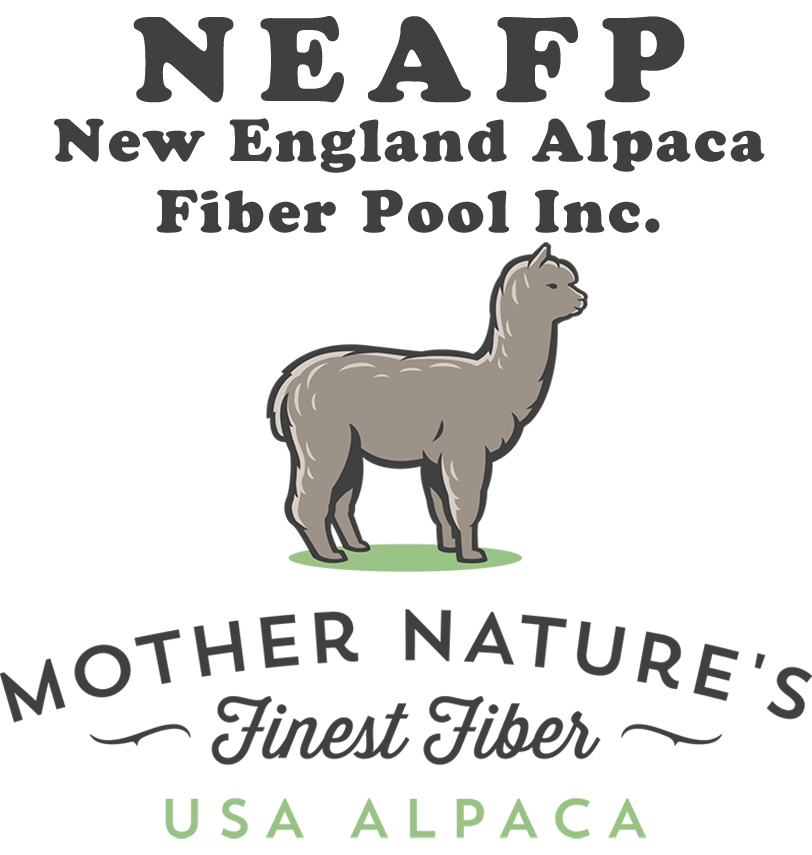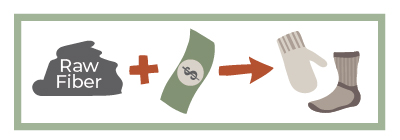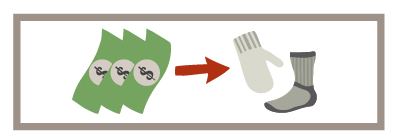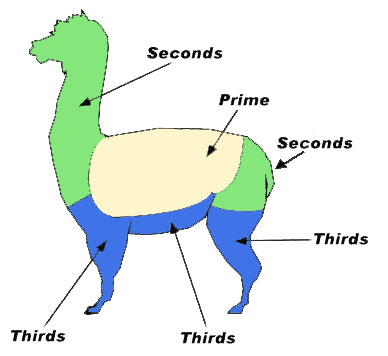Getting Started Guide
GETTING STARTED WITH NEAFP |
|
|
Updated 6/2019 |

|
Since we opened our doors in 1997, one of NEAFP’s core goals has been to keep the commercial processing of alpaca fiber as easy and straightforward as possible for the farmer. You grow the fiber, manage and promote your farm and NEAFP will handle the logistics of taking raw alpaca fiber up the value-add chain to create products ready for re-sale to the general public. |
FIRST THINGS FIRST |
|
|
The first step to begin working with NEAFP is to Register for a Shopping Account. Shopping accounts do not require an application or membership fee, and all qualifying accounts are approved within 1 business day. |
PRICING TIERS |
|
|
Fiber Pricing
Fiber Pricing takes into account your raw fiber contribution towards the purchase of product. Fiber Pricing is less expensive than Wholesale and is always the best price point for alpaca farms contributing fiber. Each product listed in the Fiber Pricing category is priced with a dollar and fiber amount. It has it's $ Cost + Fiber Grade & Weight requirement listed at the bottom of the product description. Wholesale Pricing
The Wholesale price point is best for alpaca farms and retailers who sell more finished goods each year than their herd can support in fiber production. Wholesale is more expensive than Fiber Pricing, but the products in this category do not require additional raw fiber to complete the purchase. All of our products listed in the Wholesale category are listed at a dollar amount only. This price point does not require fiber submission. |
UTILIZING FIBER PRICING |
|
|
Utilizing Fiber Pricing There are two main ways farms can take advantage of Fiber Pricing. Farms can place an order, payment will be processed and it'll be marked as “Waiting on Fiber.” Farms will receive the fiber grade and weight requirement totals for their order and instructions on how to mail the fiber for the order in to NEAFP. Once the fiber arrives it will be verified by our sorters and the order will be released for shipping. The second option is for farms to register for a Fiber Bank account which allows them to send all their fiber in at once, usually after shearing season. With fiber already banked, farms can place orders at fiber pricing throughout the year and the fiber requirement will automatically be deducted from their existing fiber bank balance. This speeds up order fulfillment as we ship right away and not after the required fiber arrives. It also cuts down the amount of fiber shipments a farm has to send in to us throughout the year. A Fiber Bank account also allows you to take advantage of a Fiber Collection at an Alpaca Show or dropping your fiber off at a Regional Collection Point. Our goal is to keep fiber grading as straightforward as possible on the farmer's end. Our system is designed to be simple to understand while identifying the areas of the alpaca with different levels of fineness and staple length. We ask that all farms submitting fiber keep it separated into the three basic grades, based on how it comes off during shearing, each animal is producing 3 bags of fiber during shearing. Fiber should be sheared, kept separate by basic grade and color (for each animal!), and quickly skirted to remove pit & brisket fibers, vegetable matter, and short cuts under 1.5” in staple length. We will accept fiber that comes in unskirted but farms must know that there will be a higher percentage of loss when our sorters remove the unusable fiber and debris. Contamination is the number one reason otherwise perfectly processable fiber is rejected so check out our Fiber Harvesting Guide to help increase your usable fiber yield. Basic Fiber Grades
Once your fiber arrives our sorters will sort through it and check it into your account. Depending on the overall quality of the fiber and the age of the alpaca, some fiber may be up or downgraded from how it was originally submitted. Overall fineness, % of strong primary fibers (guard hair), staple length, tensile strength, and % of contamination are all taken into account by our sorters when working through your fiber. We provide our sorter's notes when updating your fiber bank account to help you understand your fiber and better prepare future submissions. We also have begun taking pictures to pass along as examples of fiber that has been up or downgraded, or discarded.
NEAFP DOES NOT require fiber coming in to us to be pre-sorted. We sort everything that comes in house to our own standards so save yourself the extra time and cost. Check out our Fiber Grading Page for more info
|
IMPORTANT INFORMATION & RESOURCES |
|
|
NEAFP announces all major news through it's NEAFP Note email newsletter. Be sure to sign up for it to stay informed of new products, business news, upcoming collections, sale announcements, and all things NEAFP related! View the newsletter archive for past issues! |









